How To Create A Stunning Hydrangea Border That Will
Introduction
Hydrangeas are some of the most popular flowering shrubs in the world, and for good reason. They come in a wide variety of colors, shapes, and sizes, and they can be grown in a variety of climates. If you're looking to add a touch of beauty and elegance to your garden, a hydrangea border is a great option.
In this blog post, we will discuss how to create a stunning hydrangea border that will wow your neighbors and guests. We will cover everything from choosing the right hydrangeas to planting and caring for your border.
Main Content
Choosing the Right Hydrangeas
The first step in creating a stunning hydrangea border is choosing the right hydrangeas. There are many different types of hydrangeas available, so it's important to choose ones that will thrive in your climate and that will complement the other plants in your garden.
Some of the most popular hydrangeas for borders include:
- Panicle hydrangeas (Hydrangea paniculata) are a good choice for full sun borders. They grow up to 6 feet tall and wide, and they produce large, cone-shaped flowers in white, pink, or blue.
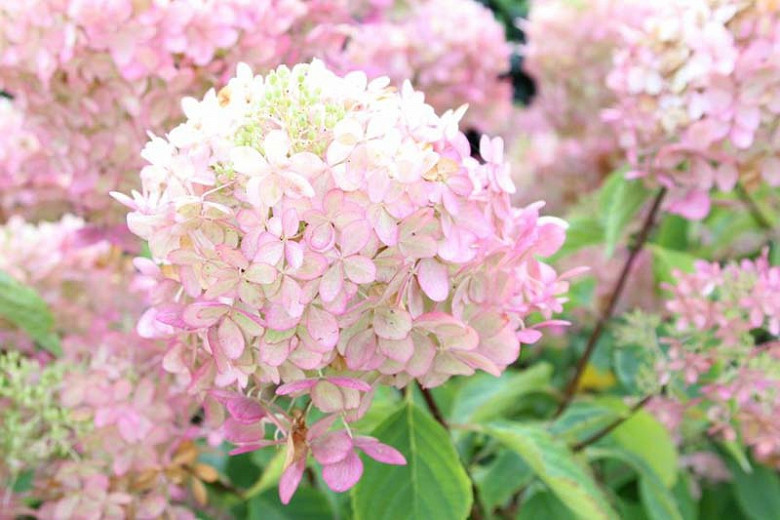
- Smooth hydrangeas (Hydrangea arborescens) are a good choice for partial shade borders. They grow up to 5 feet tall and wide, and they produce large, round flowers in white, pink, or blue.

- Mophead hydrangeas (Hydrangea macrophylla) are a good choice for both full sun and partial shade borders. They grow up to 6 feet tall and wide, and they produce large, mop-shaped flowers in white, pink, blue, or lavender.
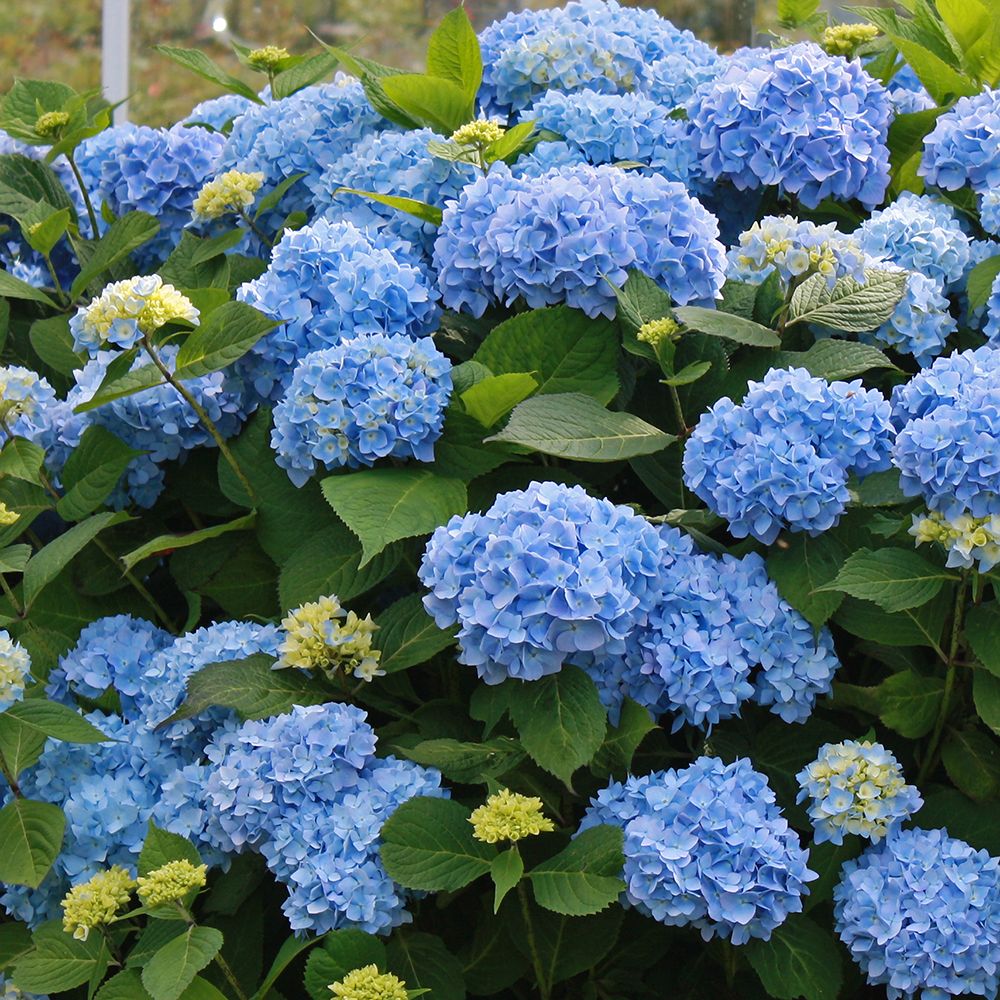
Planting and Caring for Your Hydrangea Border
Once you have chosen your hydrangeas, it's time to plant them. Hydrangeas prefer well-drained, slightly acidic soil. They should be planted in full sun or partial shade, depending on the type of hydrangea you have chosen.
Water your hydrangeas regularly, especially during the first year after planting. They also benefit from a monthly application of fertilizer during the growing season.
Designing Your Hydrangea Border
When designing your hydrangea border, it's important to consider the size and shape of the hydrangeas you have chosen. You also need to consider the overall look you want to achieve.
If you want a formal border, you may want to plant your hydrangeas in a straight line or in a symmetrical pattern. If you want a more informal border, you may want to plant your hydrangeas in a more random pattern.
You can also use other plants to add interest to your hydrangea border. Some good companion plants for hydrangeas include:
Conclusion
Creating a stunning hydrangea border is a great way to add beauty and elegance to your garden. With a little planning and care, you can create a border that will wow your neighbors and guests for years to come.
Hydrangeas are a beautiful and versatile flowering shrub that can be used to create stunning border plantings. If you're thinking about adding hydrangeas to your garden, I recommend visiting . This website has a wealth of information on hydrangea border planting, including planting tips, care instructions, and even a gallery of beautiful hydrangea border plantings.
On , you'll learn about the different types of hydrangeas that are well-suited for border planting, as well as the best time of year to plant them. You'll also find information on how to prepare the soil for hydrangeas, how to water and fertilize them, and how to prune them for optimal blooms.
In addition to the practical information, also features a beautiful gallery of hydrangea border plantings. This gallery will give you inspiration for your own border planting, and help you visualize how hydrangeas can add color and interest to your garden.
I highly recommend visiting if you're interested in learning more about hydrangea border planting. This website is a valuable resource for gardeners of all levels, and it will help you create a beautiful and long-lasting hydrangea border in your own garden.
FAQ of hydrangea border planting
Question 1: What are the best hydrangeas for border planting?
Answer: There are many different types of hydrangeas, so it's important to choose the right ones for your border. Some popular choices include:
- Mophead hydrangeas are large, rounded flowers that come in a variety of colors, including white, pink, and blue. They are a good choice for borders because they are relatively easy to care for and they provide a lot of visual impact.
- Lacecap hydrangeas have a more delicate appearance than mophead hydrangeas. They have a flat, circular flower head with a ring of petals surrounding a center of smaller flowers. Lacecap hydrangeas are a good choice for borders because they add a touch of elegance.
- Panicle hydrangeas have tall, cone-shaped flower clusters that bloom in late summer and early fall. They are a good choice for borders because they provide height and interest to the garden.
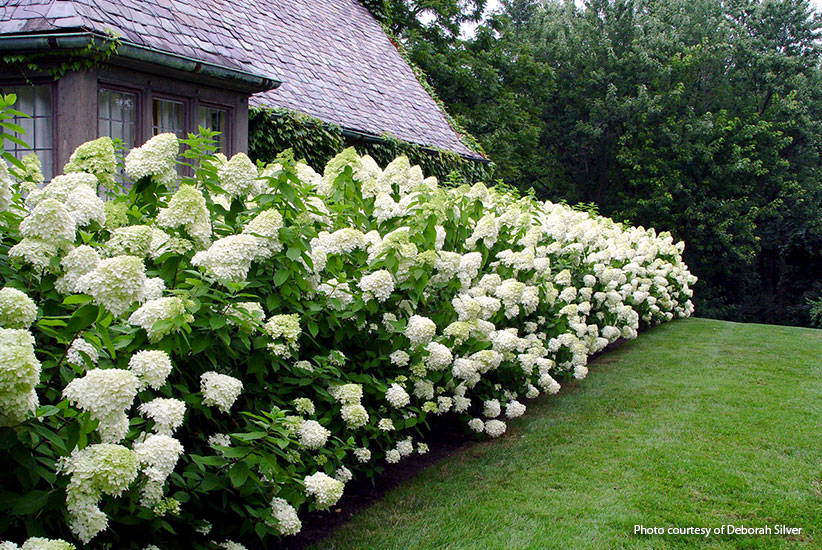
- Oakleaf hydrangeas have large, heart-shaped leaves and small, white flowers that bloom in early summer. They are a good choice for borders because they provide a touch of autumn color.
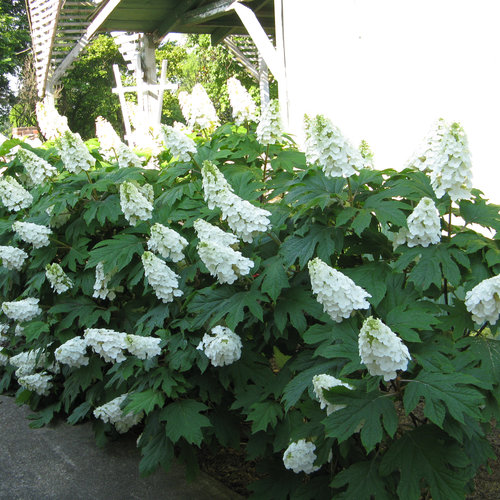
Question 2: When is the best time to plant hydrangeas in a border?
Answer: The best time to plant hydrangeas in a border is in the spring or fall. This gives the plants enough time to establish their roots before the first frost.
Question 3: How far apart should hydrangeas be planted in a border?
Answer: The spacing of hydrangeas in a border depends on the type of hydrangeas you are planting. Mophead hydrangeas should be spaced 3 to 5 feet apart, while lacecap hydrangeas should be spaced 2 to 3 feet apart. Panicle hydrangeas can be spaced 4 to 6 feet apart, and oakleaf hydrangeas can be spaced 3 to 4 feet apart.
Question 4: How do I care for hydrangeas in a border?
Answer: Hydrangeas are relatively easy to care for, but they do require some basic care. Here are some tips for caring for hydrangeas in a border:
- Water hydrangeas regularly, especially during the summer months.
- Fertilize hydrangeas in the spring with a balanced fertilizer.
- Prune hydrangeas in the spring to remove dead or damaged branches.
- Protect hydrangeas from frost in the winter.
Question 5: How do I control the color of hydrangea flowers?
Answer: The color of hydrangea flowers can be controlled by the pH of the soil. In acidic soil, hydrangea flowers will be blue. In alkaline soil, hydrangea flowers will be pink. You can change the pH of the soil by adding sulfur to acidic soil or lime to alkaline soil.
Image of hydrangea border planting
- A border of white hydrangeas with blue asters and pink roses.
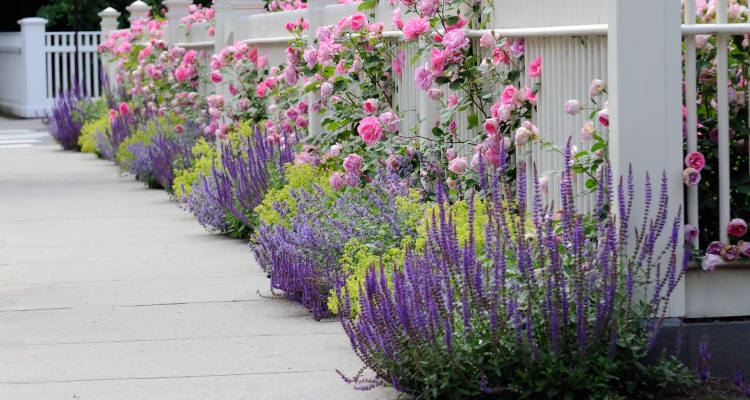
- A border of pink hydrangeas with purple coneflowers and yellow rudbeckia.
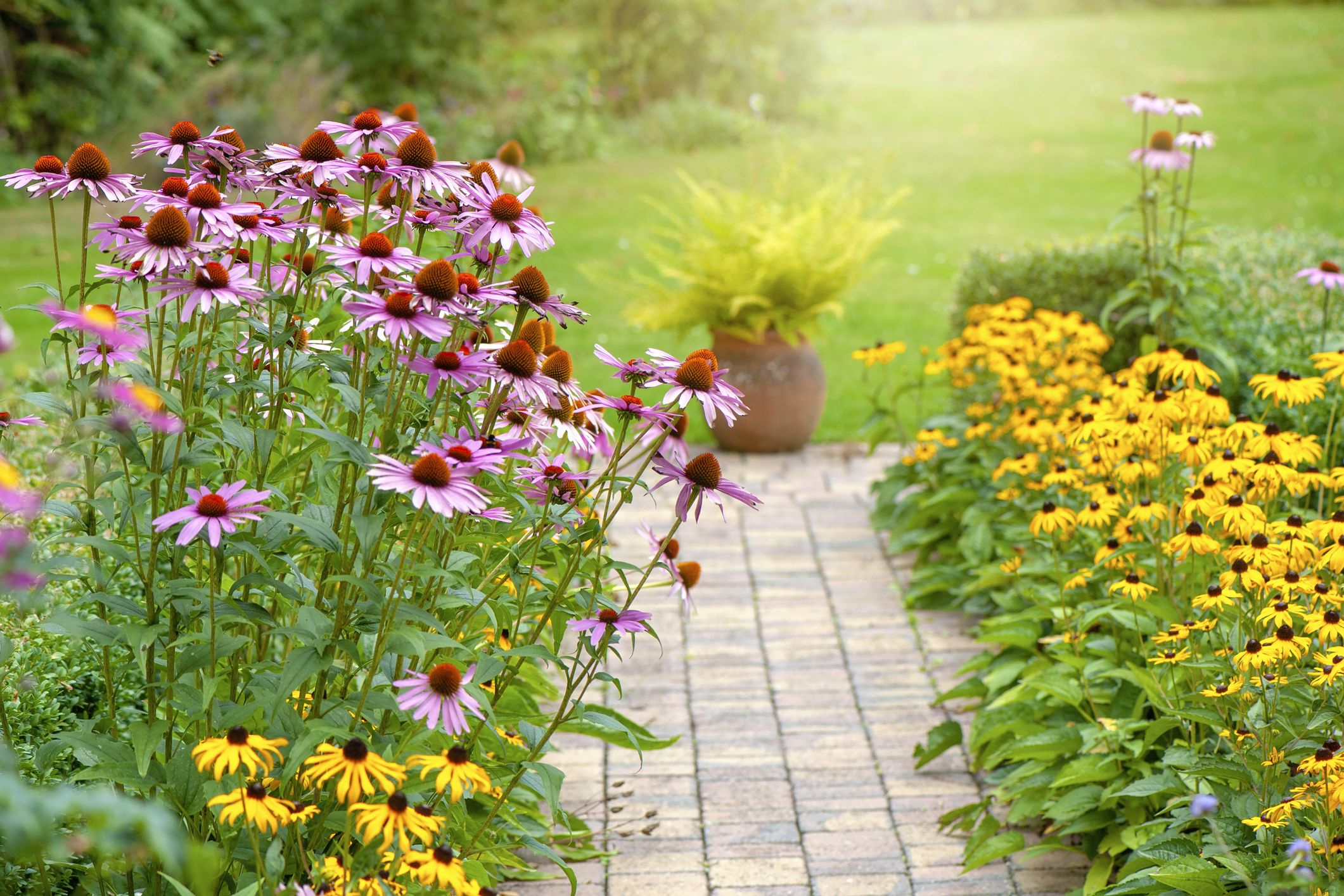
- A border of blue hydrangeas with white phlox and green hostas.
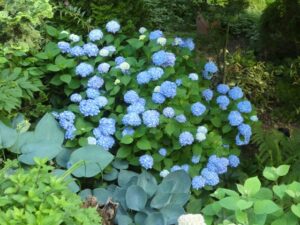
- A border of mixed hydrangeas with ferns and ornamental grasses.

- A border of hydrangeas under a shady tree.
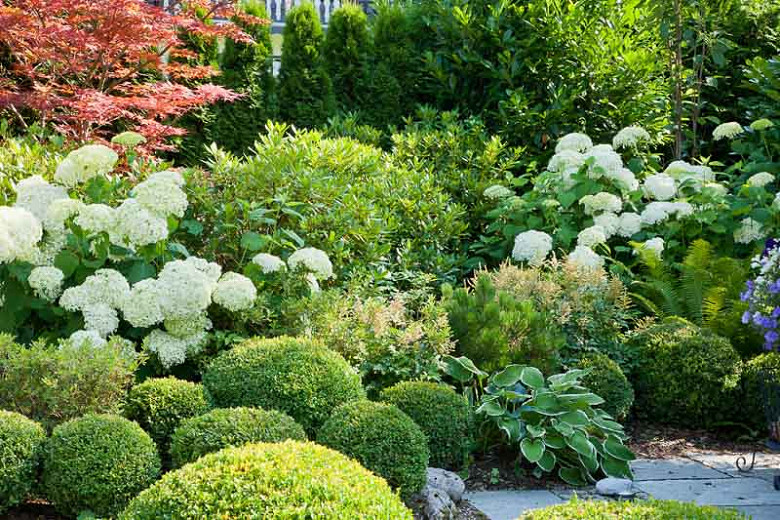



Post a Comment for "How To Create A Stunning Hydrangea Border That Will"